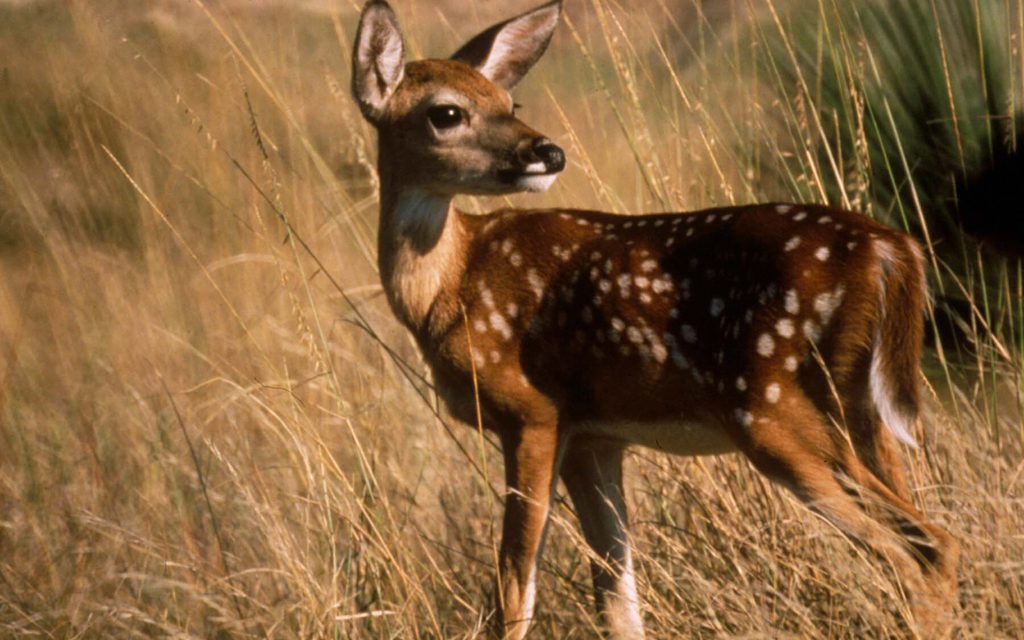by John Jefferson
When considering the column topic for this week, it occurred that fawns have started arriving. Then a decisive message hit my email.
A recent occurrence in our neighborhood convinced me that it’s an urgent subject. An online post in “Nextdoor” alerted me. That’s a message board for most neighborhoods in America designed to give neighbors a forum for alerting folks about things they need to know – like wrecks on nearby roadways that interfere with traffic, lost pets, local crimes, garage sales and other subjects.
It’s generally not for commercial listings, and you can’t get petty about your neighbors, although some infractions like speeding or not picking up after a pet are permitted.
The recent post said a woman had found an “abandoned fawn” that was “trapped in the grass”. This well-intending woman picked it up and put it in a box on her patio to protect it from a fox someone had seen nearby.
Texas Parks and Wildlife and every wildlife and conservation organization I know of has said for years, “Leave fawns where you find them!” They are not abandoned. And in this case, foxes aren’t known for eating anything as large as a fawn. Rats, mice, and grasshoppers are more preferred.
As most mothers and some Mr. Moms know, parenting can wear you down. They need a break. And in the case of nursing does (female deer), they also need to browse and replace nourishment depleted in carrying, birthing, and nursing the newborn fawns. Every good mother deer hides her babies in weeds and is usually nearby. She knows where she left the little ones — and will be back.
Most fawns don’t have scent that attracts coyotes or dogs. And a fawn’s spotted coat is Nature’s camouflage. I almost stepped on the last one I accidently walked up on. Human contact can add a different scent that could blow its cover – or its lack of scent. Moving it could also orphan a fawn if the mother is unable to find where it has been relocated.
The woman justified her actions by asking what if the mother had been hit by a car. We can’t know that. History says she’ll be back.
Disturbingly, most of the 30-40 posted comments supported the woman’s action. People still don’t understand. After all that’s been written!
According to Alan Cain, Texas Parks and Wildlife Department’s white-tailed deer program leader, Texas has over five million deer. The exact number is impossible to know. Deer just won’t stand still long enough! Over half of Texas’ deer are does. The only time a near-total reproductive study was conducted occurred in the mid-1990s. It showed that 92% of the does inspected had conceived. Research has also shown that over 50% of does deliver twins, so you can imagine how many fawns are born each year. Most arrive by June 14.
They’ll be anywhere in new subdivisions and other habitats. People always come across them. They’re probably not abandoned. Mama will be back. Please leave them alone!
JJ





